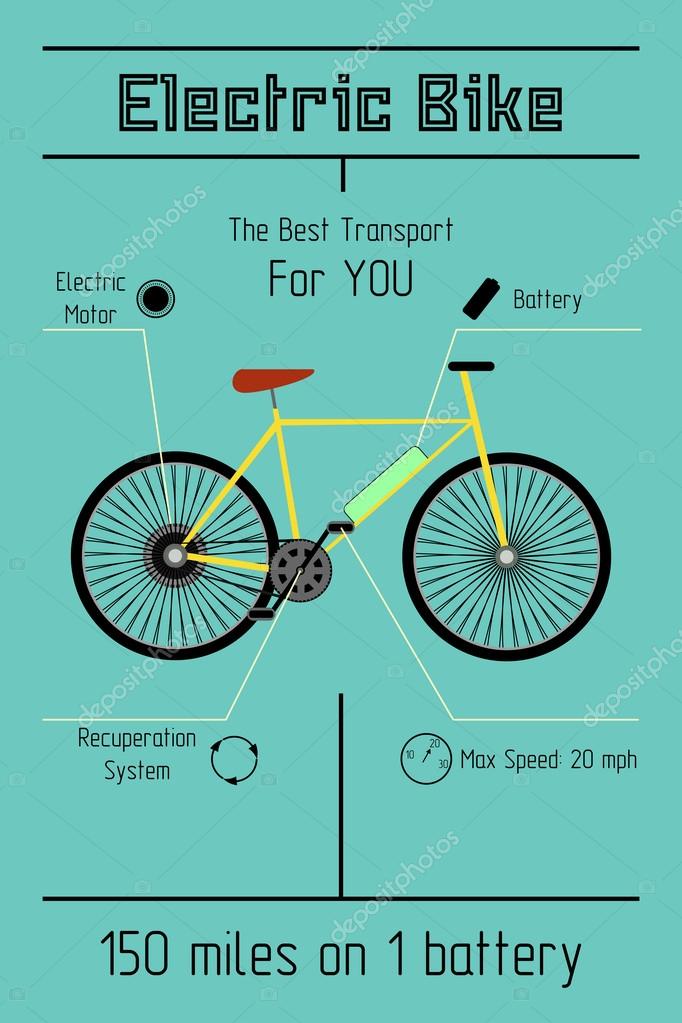Before you get on your e-bike and hit the streets, it's crucial to recognize the regulations and guidelines that regulate your city. From rate limits to designated riding locations, there's a lot to think about to ensure you're certified and secure. By familiarizing yourself with the guidelines particular to e-bikes, you'll be much better furnished to enjoy your adventures with no unforeseen lawful problems. Remain tuned to discover essential understandings that will help you navigate the e-bike landscape in your city seamlessly.
Understanding E-Bike Classification
When it pertains to navigating the world of e-bike legislations and regulations, an important starting factor is recognizing the classification system that categorizes these electric bicycles. E-bikes are normally classified into 3 major classifications: Class 1, Class 2, and Course 3.
Class 1 e-bikes are pedal-assist just, suggesting they supply support while the rider is pedaling and have a maximum speed of 20 mph. These bikes are allowed in locations where standard bicycles are permitted.
Class 2 e-bikes are geared up with a throttle that can move the bike without pedaling. They also have a maximum speed of 20 mph and are suitable for riders who might need assistance without pedaling continually.
Course 3 e-bikes resemble Class 1 yet with a greater maximum speed of 28 miles per hour. These bikes are commonly restricted from specific bike paths or tracks due to their greater speeds.
Understanding these classifications is vital for complying with regional policies and guaranteeing a safe and delightful e-biking experience.
Navigating Rate Limitations and Restrictions
To successfully navigate e-bike legislations and policies, it's important to comprehend the speed restrictions and constraints that put on different classes of electrical bicycles.
https://fatbikeebikesuppliers31086.slypage.com/32759234/strategic-recommendations-for-selecting-the-right-e-bike-straightened-with-your-individual-requirements for e-bikes vary depending on the category of the bike. Course 1 e-bikes, which are pedal-assist just and have a maximum speed of 20 mph, are usually permitted on bike lanes and paths.
Course 2 e-bikes, which have a throttle in addition to pedal-assist and additionally reach rates of up to 20 mph, may be limited in certain locations where motorized vehicles aren't permitted.
Course 3 e-bikes, with pedal-assist up to 28 miles per hour, are typically needed to follow the exact same regulations as traditional bikes.
It is necessary to abide by these speed restrictions and limitations to ensure your safety and the security of others on the road. Prior to riding your e-bike, familiarize on your own with the certain guidelines in your city to avoid any type of potential fines or legal concerns.
Where to Ride Your E-Bike
To figure out where you can ride your e-bike, it's necessary to recognize the guidelines and guidelines specific to your location. In most areas, e-bikes are normally allowed on roadways and roads where traditional bikes are permitted. This might consist of bike lanes, bike courses, and shared roadways. Nevertheless, it's essential to examine local regulations as some cities may have specific constraints on where e-bikes can be ridden.
When riding your e-bike, always focus on safety and security by following website traffic guidelines and respecting pedestrian sidewalks. Furthermore, bear in mind any kind of designated bike lanes or paths in your area and use them whenever possible to guarantee a smoother and more secure adventure.
Some cities also have regulations regarding e-bike usage on walkways, so ensure to familiarize on your own with these regulations to avoid any kind of fines or fines.
https://ebiketips.road.cc/content/news/ho-hummingbird-name-change-sees-hummingbird-electric-become-the-prodrive-electric that you're familiar with the regulations and policies surrounding e-bikes in your city, you can confidently hit the trail recognizing where you can ride and what constraints apply to your e-bike category. Remember to constantly prioritize security and adhere to the rules to guarantee a smooth and lawful trip. Pleased riding!
